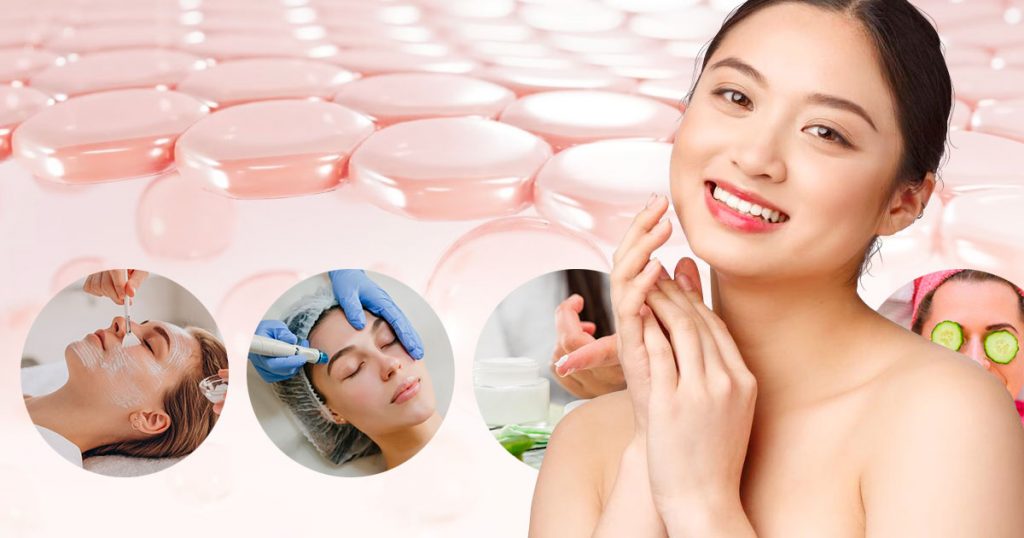Hormones are the body’s chemical messengers, and they play an important role in our overall health. When these hormones aren’t in balance, it can lead to a range of symptoms, including mood swings, weight changes, low libido, sleep problems, and skin issues such as acne and hyperpigmentation.
A hormonal imbalance occurs when there is an excess or deficiency of a specific hormone in the bloodstream. Common causes of hormonal imbalances include diet, stress, environmental factors, age, and lifestyle. Women, in particular, are more likely to experience imbalances in estrogen and progesterone levels, which can lead to various health issues.
One visible manifestation of hormonal imbalance is hyperpigmentation, a skin condition characterized by dark patches or spots on the skin.
What is Hyperpigmentation?
Hyperpigmentation is a common skin condition in which patches of skin darken in comparison to the surrounding skin. This happens when there is an excess of melanin, the brown pigment responsible for normal skin color, in the skin.
Hormonal imbalance is frequently associated with hyperpigmentation, particularly in women who are pregnant, using oral contraceptives, or undergoing hormone replacement therapy. Melasma, a type of hyperpigmentation, is often associated with these hormonal changes.
Those affected by hyperpigmentation due to hormonal imbalance often have symmetrical patches of brown skin on their faces, necks, or arms. It’s a relatively common condition, affecting a significant number of women worldwide.
7 Treatment Options for Hormonal Hyperpigmentation
While exact figures vary, studies suggest that melasma, one form of hyperpigmentation, affects up to 50% of women in some populations. This emphasizes the significance of comprehending and effectively treating this condition.
There are several treatment options for hyperpigmentation:
Face Acids
Face acids, such as alpha hydroxy acids (AHAs) and beta hydroxy acids (BHAs), are frequently used to exfoliate the skin in skincare products. AHAs, which include glycolic acid and lactic acid, work by breaking down the bonds between dead skin cells, making them easier to remove and revealing brighter, more even-toned skin beneath. BHAs, such as salicylic acid, work in a similar way but can penetrate deeper into the pores, making them useful for those with oily or acne-prone skin.
Retinoids
Retinoids are derivatives of vitamin A that increase the rate of cell turnover, helping to shed pigmented and damaged skin cells more quickly. They can also improve skin texture and reduce the appearance of fine lines and wrinkles by stimulating collagen production. While retinoids can be very effective, they can also cause dryness and irritation, so it is best to start low and gradually increase as your skin adjusts.
Chemical Peels
Chemical peels involve the application of a chemical solution to the skin, causing it to exfoliate and eventually peel away, revealing less pigmented skin beneath. The depth of exfoliation is determined by the type of peel (light, medium, or deep). Light peels, which often use AHAs, provide subtle improvements with minimal downtime, while medium and deep peels using stronger acids can offer dramatic results but require more recovery time.
Laser Peel (Skin Resurfacing)
Laser resurfacing treatments employ concentrated light beams to target and break up melanin, thereby reducing hyperpigmentation. These treatments can target specific areas without affecting surrounding skin. Lasers are classified into two types: ablative lasers, which remove the top layer of skin, and non-ablative lasers, which heat up the underlying skin tissue without damaging the surface.
Intense Pulse Light Therapy (IPL)
IPL is a type of light therapy that emits multiple wavelengths into the skin to target melanin. The light energy is converted to heat energy, which causes the melanin to degrade. Over time, the body’s natural healing process removes these pigmented cells.
Topical Creams
Topical creams for treating hyperpigmentation often contain ingredients like azelaic acid, cysteamine cream, vitamin C, hydroquinone, corticosteroids, kojic acid, retinoids, and arbutin. These ingredients work by inhibiting tyrosinase, an enzyme crucial for melanin production.
Natural Remedies
Vitamin C, licorice root, and kojic acid are all natural ingredients that can help reduce hyperpigmentation. Vitamin C is a powerful antioxidant that can fight free radicals and even out skin tone. Licorice root has been shown to inhibit tyrosinase, while kojic acid can prevent the formation of pigment.
Addressing Hyperpigmentation Through Treatment
In conclusion, treating hyperpigmentation due to hormonal imbalance involves a multi-faceted approach. This includes using face acids, retinoids, chemical peels, laser peel treatments, IPL therapy, topical creams, and even natural remedies. It’s crucial to remember that these treatments require time, consistency, and diligent sun protection to prevent further hyperpigmentation.
Hormonal imbalance, often the underlying cause of melasma or hyperpigmentation, can be triggered by various factors like pregnancy, menopause, use of birth control pills, or endocrine disorders such as polycystic ovary syndrome (PCOS). These conditions can cause an increase in melanin production, the pigment responsible for skin color, resulting in dark patches on the skin.
Understanding the cause of your hormonal imbalance and addressing it with the help of healthcare professionals can also be a critical part of your treatment plan. This may entail changing or discontinuing hormonal medication, managing stress, maintaining a healthy weight, and eating a well-balanced diet.
Hyperpigmentation due to hormonal imbalance can be challenging to deal with, but with the right treatment and care, it is possible to manage this condition and achieve healthier, more even-toned skin. Always consult with a dermatologist or skincare professional to determine the best treatment option for your specific needs and skin type.

